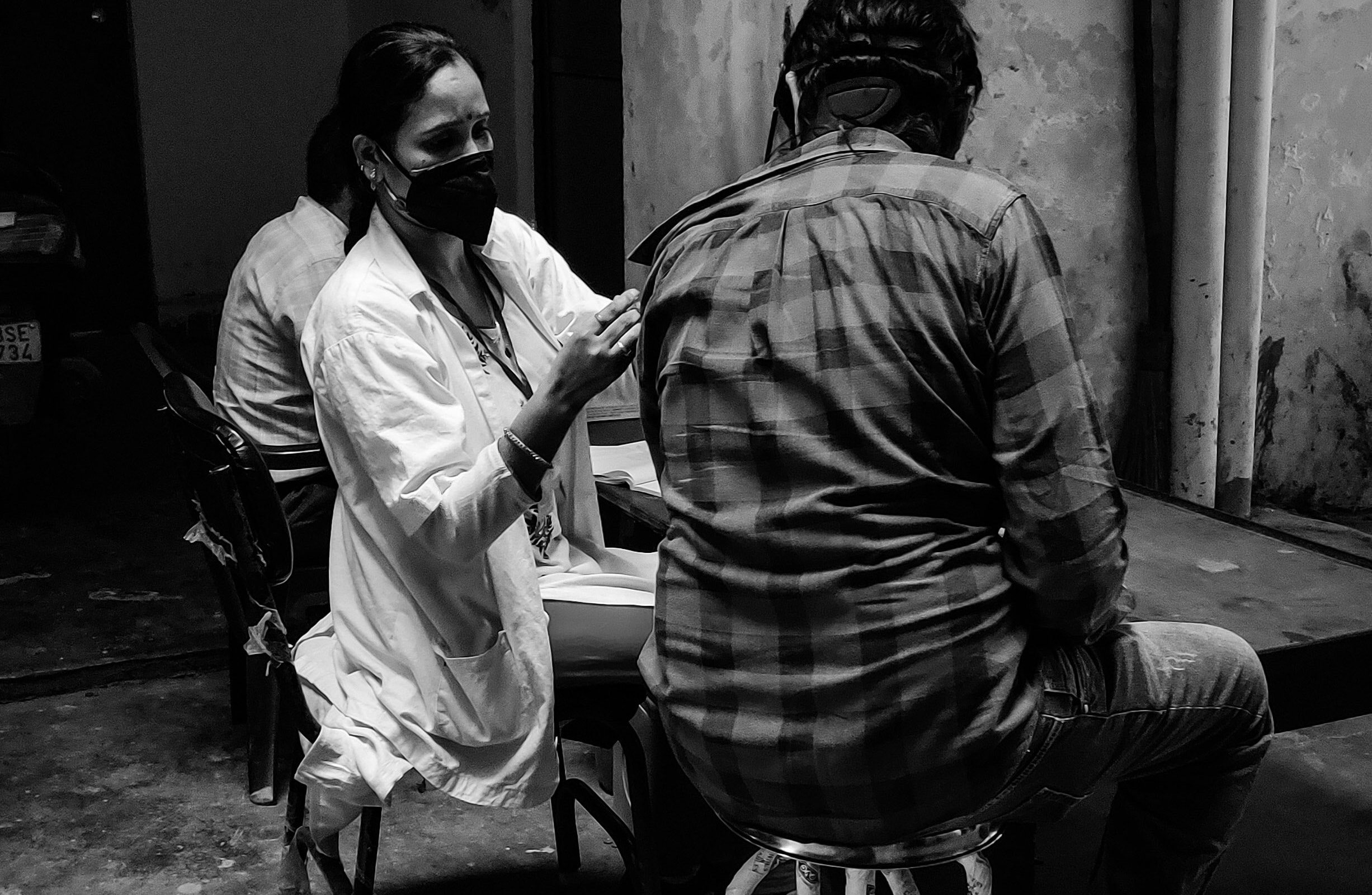In a new investigation, STAT has reported fresh problems with Covaxin’s approval process in India, including the phase 2 trial dropping its placebo arm in favour of one preordained to make Covaxin look good and Bharat Biotech – the maker – commencing phase 3 trials based on results from animal studies. I’m also filing the report under “yet another instance of a pro-government Indian entity responding to the foreign press but not the local press” (following this). Krishna Mohan, one of the company’s directors, responded to STAT by admitting to a wrongdoing, massaging other similar actions, and pointing a finger at the Indian government.
Is this spine? In response to similar evidence-based allegations of wrongdoing, Bharat Biotech met The Wire Science and The Wire with a defamation suit, a demand of Rs 100 crore and that the two sites not publish articles with “defamatory content” vis-à-vis the company, and obtained an ex parte injunction against 14 articles. This was in addition to the seemingly blanket refusal to respond to our questions for reports we were filing. Other senior Bharat Biotech officials also refused to communicate to anyone else asking probing questions about Covaxin’s clinical trials. No: his quote sounds more like Mohan trying to save Bharat Biotech’s face in front of a western audience (the one our government wants us to believe is inferior) while spinning India’s Bharat’s own take on the vaccine approval process.
Mohan told STAT that they didn’t take any shortcuts – at least not those that weren’t first “vetted” by the Central Drug Standards Control Organisation (CDSCO), a.k.a. the drug regulator. That is to say, the shortcuts were CDSCO-approved, so they weren’t shortcuts. I’m inclined to agree: the rules are after all not based on principles of natural justice but on what the government deems acceptable. /s
Of all the allegations, the one that irks me most is the modification to the phase 2 trial. It compromises our ability to learn anything useful about Covaxin, replacing that knowledge with knowledge of how much better one formulation of Covaxin is from another. The drug regulator should have known this is what the trial would have ended up checking, and if it approved this design anyway, it has engaged in wilful neglect – neglect of science, neglect of integrity, neglect of its mandate to look out for the people. But if we’re to believe Mohan, it’s just “product development” for an unprecedented time, not public health:
“In a classic sense of product development, we would do everything the right way — play by the book and all the rules of the game would be followed. But here was a situation the world didn’t foresee. … Please don’t think there was any issue with the veracity of the data. Yes, it was an unusual approach, but it was dictated by the nature of the pandemic.”
Ah, a classic tactic: Why did you burn down the forest? “It’s the climate crisis, which is unprecedented, and we needed land to erect smog towers.”
Later in the article, in the face of a similar allegation – changing the phase 2 trial protocol – Mohan defends the regulator and blames discrepancies in trial numbers on a company struggling to coordinate multiple teams working separately from each other while being guided by the rule of “let’s get the data out”. I’d buy what he was saying if he was talking about his company HQ installing new air-conditioners and conducting tests of indoor air quality. But he’s talking about a clinical trial for a vaccine, placing misleading data in the public domain and – crucially – implicating a national drug regulator that he claims was in the know but didn’t act.
To STAT, he’s saying they were distracted by the “safety of individuals”, the “ethics of handling subjects” and “manufacturing”, but to Indian journalists, he as well as the regulator have been mum on questions raised by the WHO and ANVISA on manufacturing practices and by almost everyone else about the People’s Hospital death and data.
A (somehow) bigger problem arises soon after when Mohan says:
“Whatever we did was with the clear intention of doing it right. There was no question of reducing sample sizes. … There were not off the cuff or random thoughts. … It was extensively debated with keeping the final objective in mind of getting a vaccine in time and not cutting any corners.”
Getting a vaccine in time and not cutting any corners? It’s baffling that the last sentence is intended as clarification rather than as a potentially tacit admission of wrongdoing. I’m sure you remember when ICMR chief Balram Bhargava called on hospitals around India to complete Covaxin’s phase 3 trials in less than two months, in time for Prime Minister Narendra Modi to avail the vaccine for public use on Independence Day 2020. One independent scientist asked me what I thought Bhargava might have been smoking at the time; it was hard to say.
But what’s tempting to speculate now is that the government realised, based on the backlash to Bhargava’s announcement, that a) a phase 3 trial in six weeks was a bigger problem than it believed, b) it wouldn’t work to have its vaccine development plan in public, c) it could accelerate Covaxin’s clinical trials by forcing Bharat Biotech to do so, and d) approve Covaxin without phase 3 trials by assimilating the drug regulator – all to achieve a similar outcome. Or at least I speculate in the absence of evidence. And until there is, we remain needles in veins.
